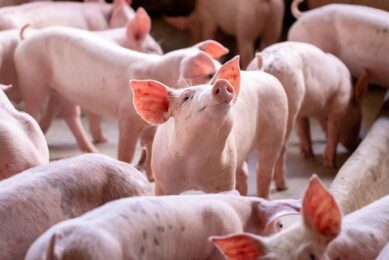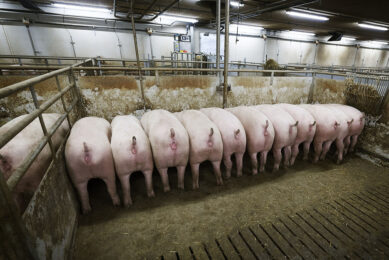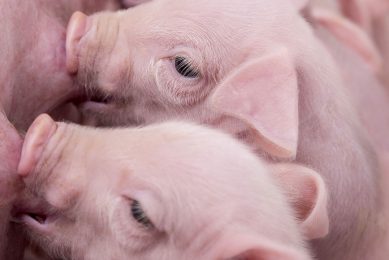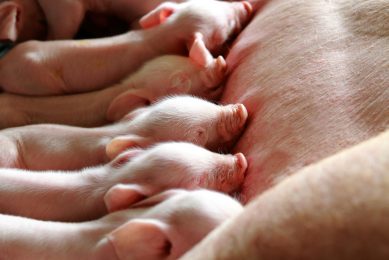What the textbooks don’t tell you about… Seasonal infertility in autumn and early winter
The fallaway in reproductive efficiency which can occur in September to mid-November may seem a long way away from today’s date, but the actions you need to think about commence now, as you read this. The problem is complicated, the causes may be interrelated and multifactorial (the scientists word for ‘many causes’) so it is not surprising that the textbooks tend to be somewhat heavy-going in their praiseworthy attempts to explain it all.
- Dull summers: Switch on lights over all the sows during any particularly dark, dismal summer day.
- Badly designed and maintained lights: How much light? The intensity must be sufficient to read a newspaper in the darkest corner, not just near to the animals. As a guide, provide 150 Watt for every 1.5 metres of lateral space occupied by the sows. And keep the lights clean.
- Interface between dark and light periods: Thus darkness is as important as light. Provide eight to ten hours of proper darkness a after a period of sufficient light.
- Consistency: These light/ dark periods must be consistent whatever the natural light conditions are outside. In my experience this should be 14 to 16 hours of fluorescent, not incandescent light. Whatever you do, do not expose sows to decreasing daylight length.
- Light location: The light should be over/infront of the sows’ heads, not from behind or oblique.
- Shadow: Watch for shadowed areas caused by high solid walls, corners or big feeders, etc. Use an old-fashioned and now redundant photographer’s light meter which will give you an idea of where an extra fluorescent tube or 100 Watt globe is needed. Our human judgement of light intensity is much poorer than that of most animals.
- Weaned sows: Weaned sows up to and over service must be well-lit, 300 to 400 lux (lumens) which is brighter than the 14 to 16 hours ‘daylight’ period through pregnancy. Use the light meter to tell you what this level is.
Could be. Gilts seem especially susceptible to poor lighting, so during shorter winter daylengths (encouraging delayed puberty/ recycling) give them slightly longer unvaried daylight at the 300-400 lux level, than for the sows – 16 to 18 hours – with the remaining hours nice and dark, especially in the higher northern latitudes when the summer nights are short. Here windows may need to be covered to cut down the low evening and early morning sun.
Could be. Too much body loss (condition) in lactation due to inadequate feed intake associated with plundering from the welcome heavyweight and large litters we are getting these days.
Having said all this, many producers still take precautionary measures early on in the year so as to maintain vital target breeding output should the worst happen. These are:
- Record: Keep a record of farrowing rates across the seasons and of pigs born per litter. Should either or both reduce by 6 to 9% of what you expected or for a farrowing rate below 90% for those indoors, then this could be a warning for the same time next year.
- Services: Make sure that you have enough satisfactory services during the spring months as these gilts and sows are the ones you will need as a as a breeding base in the autumn/ early winter.
- Increase: Most ‘indoorers’ increase target services by 8% by the gestation length before the expected autumn/ early winter fallaway period, thus more gilts are planned-in at this time.
- Culls: Think about only removing essential culls and retaining some doubtfuls if you cannot house extra gilts.
- Boars: Putting boars in with the females to be mated for a supervised 20-30 minutes every day can help.











